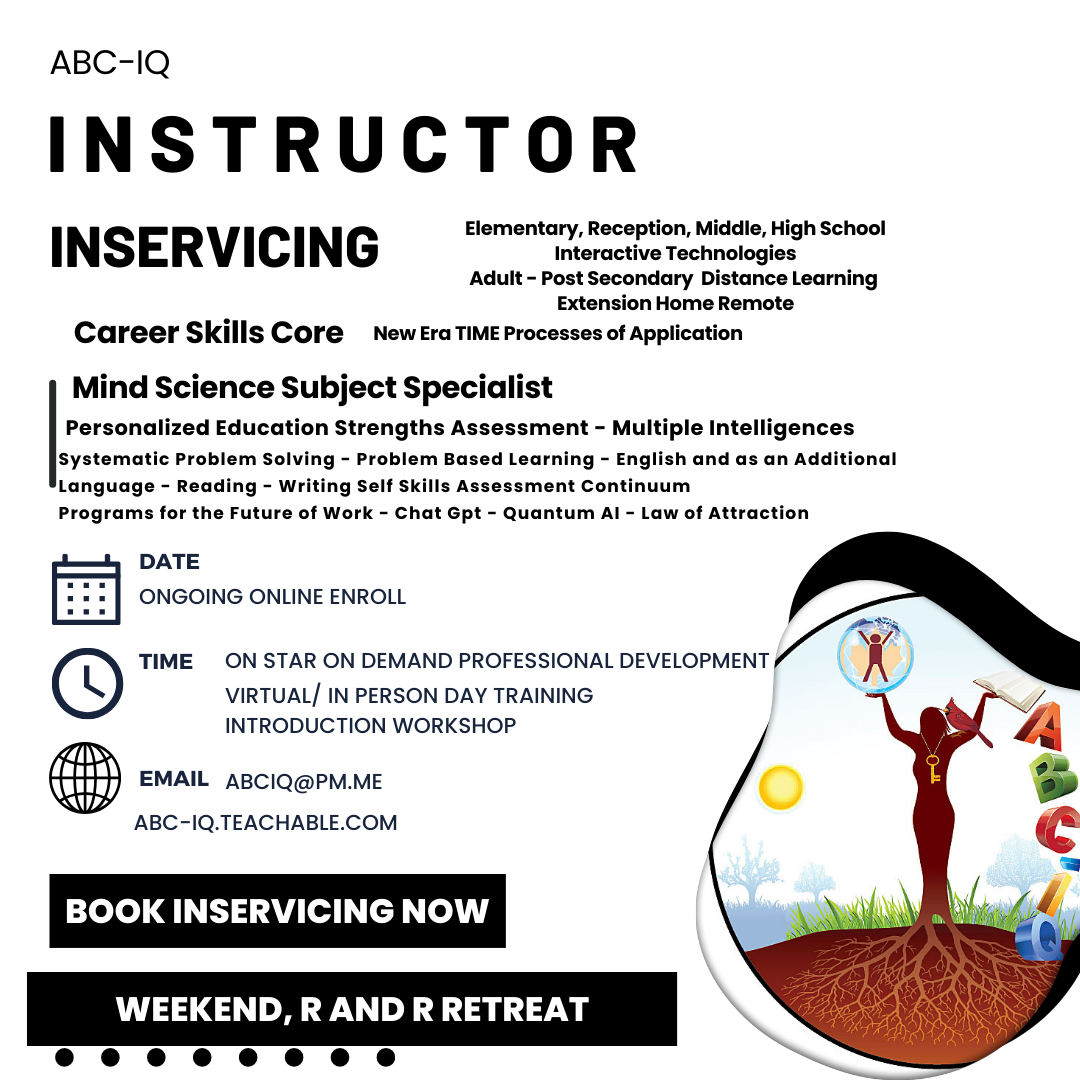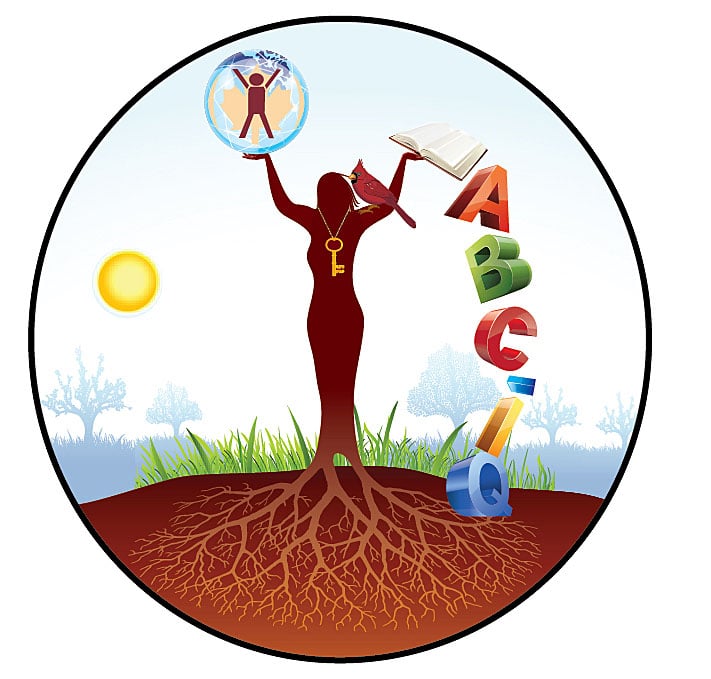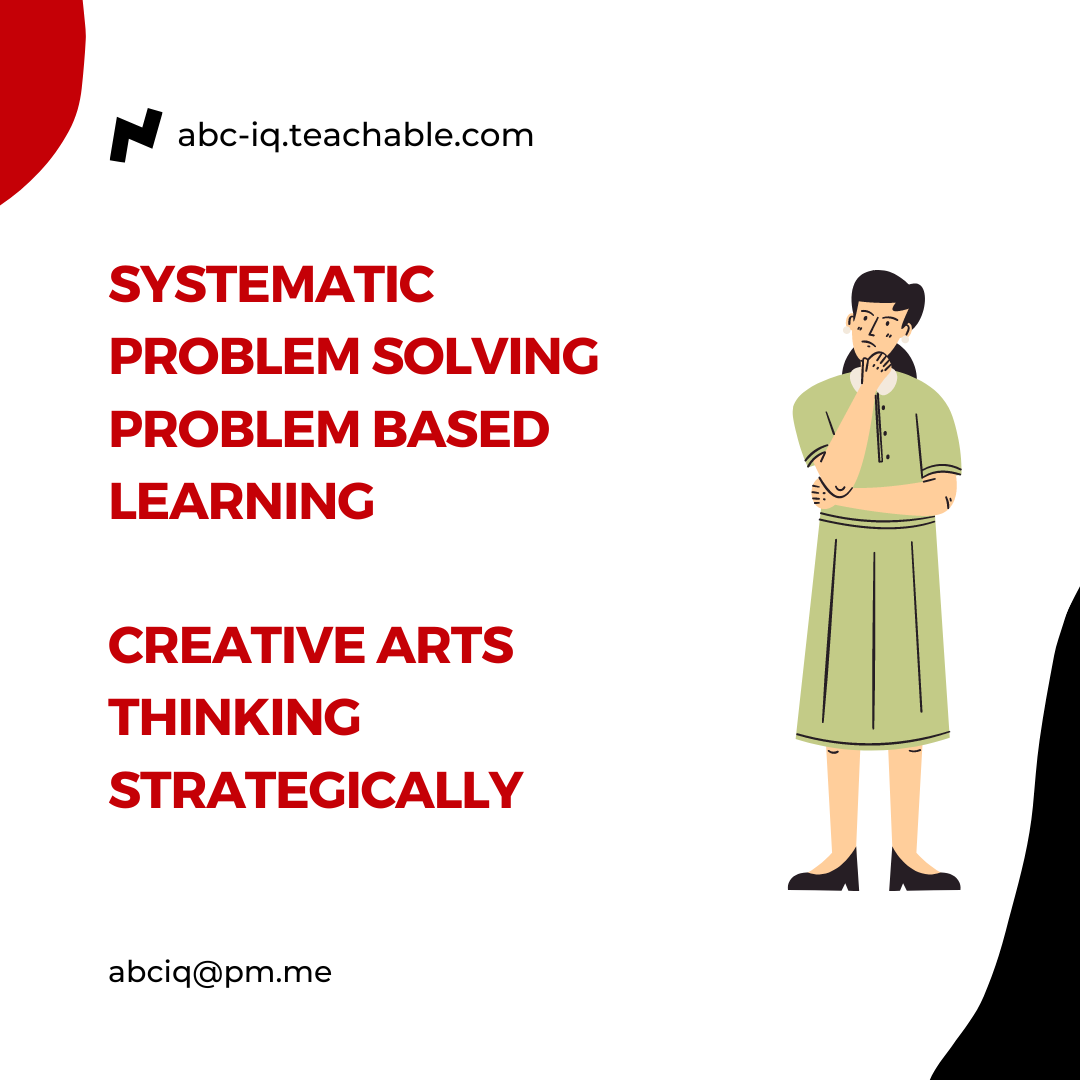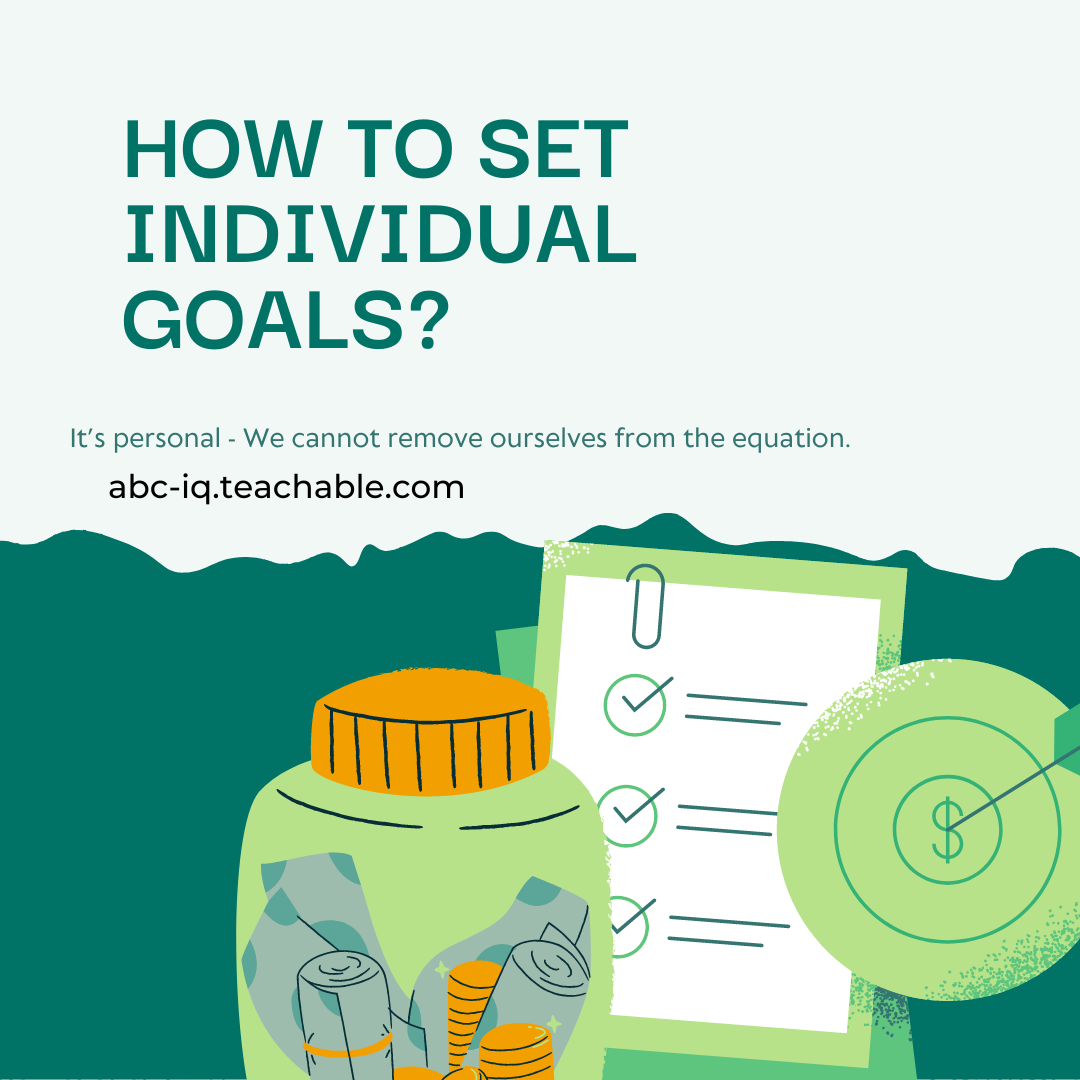
Introduction: For every problem there is a definitive answer and solution.
In the ever-evolving landscape of application development, the intersection of leadership, emotional intelligence, and systematic problem-solving has become paramount for success. This blog post delves into the transformative power of Problem-Based Learning (PBL) and emotional intelligence in cultivating effective leadership within the realms of arts, group dynamics, and strategic problem-solving for businesses and life skills to style education.
Problem-Based Learning (PBL) in Application Development:
Problem-Based Learning is a dynamic pedagogical approach that places learners in the driver's seat of their education. In the context of application development leadership, PBL creates a bridge between theoretical knowledge and real-world problem-solving. Leaders are presented with complex, authentic challenges that mirror the intricacies of the industry, promoting critical thinking, collaboration, and hands-on learning.
Key Elements of PBL in Leadership Development:
- Real-World Challenges: PBL scenarios mimic the challenges faced in the application development industry, allowing leaders to develop problem-solving skills in a controlled yet realistic environment.
- Collaborative Learning: Leaders work in interdisciplinary teams, fostering communication skills and promoting diverse perspectives. This collaborative environment mirrors the cross-functional nature of the tech industry.
- Adaptability: PBL encourages adaptability as leaders navigate through uncertain and dynamic scenarios, preparing them for the fast-paced and ever-changing nature of the technology sector.
Emotional Intelligence (EI) as a Catalyst for Leadership Excellence:
In the intricate web of leadership and application development, emotional intelligence acts as a catalyst, propelling leaders towards success. Leaders with high emotional intelligence are better equipped to understand, manage, and leverage emotions, both in themselves and in their teams.
Components of Emotional Intelligence in Leadership:
- Self-Awareness: Leaders with a keen understanding of their emotions can navigate challenges more effectively, making informed decisions and setting a positive example for their teams.
- Empathy: Understanding the emotions of team members and stakeholders fosters a culture of collaboration and mutual respect, key elements in successful application development projects.
- Social Skills: Effective communication, conflict resolution, and relationship-building are vital in the tech industry. Leaders with strong social skills create cohesive teams that can overcome challenges seamlessly.
Strategic Problem-Solving for Business Success:
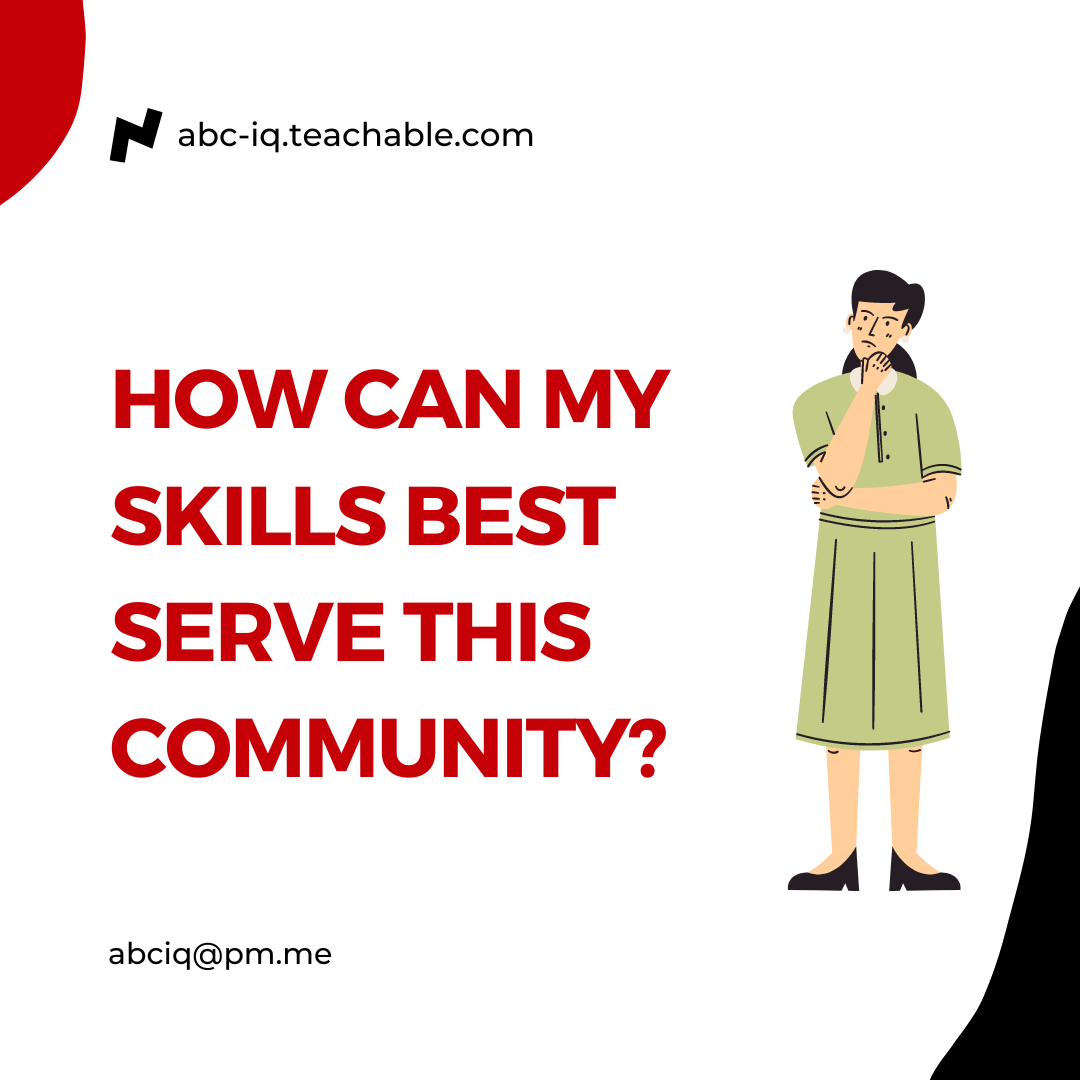
Application development leaders, armed with PBL experiences and honed emotional intelligence, bring a strategic problem-solving mindset to the table. This is crucial for steering businesses towards innovative solutions and sustainable growth.
Strategies for Strategic Problem-Solving in Business:
- Data-Driven Decision Making: Leaders leverage data analytics to make informed decisions, ensuring that strategies are grounded in evidence rather than assumptions.
- Agile Methodologies: The application of agile methodologies promotes flexibility and responsiveness to change, enabling businesses to adapt swiftly to evolving market demands.
- Innovation Culture: Fostering a culture of innovation encourages continuous improvement and the exploration of new solutions, positioning businesses at the forefront of technological advancements.
In the dynamic landscape of application development, the fusion of Problem-Based Learning and emotional intelligence serves as a crucible for nurturing effective leaders. Leaders who embrace these methodologies not only navigate the challenges of today but also pave the way for innovative solutions that will shape the future of the industry. As the nexus of creativity and technology continues to expand, it is through these strategies that businesses can reach their full potential, unlocking new heights of success and driving positive change in the world.
Research-Backed Strategies:
1. Problem-Based Learning in Leadership Development:
Research studies such as "The Effects of Problem-Based Learning on Leadership Development" (Smith et al., 2020) emphasize the positive impact of PBL on leadership skills. The study demonstrates that leaders exposed to problem-solving scenarios through PBL exhibit increased critical thinking, adaptability, and collaboration skills.
2. Emotional Intelligence and Leadership Success:
Goleman's seminal work, "Emotional Intelligence: Why It Can Matter More Than IQ" (1995), underscores the significance of emotional intelligence in leadership. The research reveals that leaders with high emotional intelligence positively influence team dynamics, employee satisfaction, and overall organizational success.
3. Strategic Problem-Solving in Application Development:
A study by Jones and Brown (2021) titled "Strategic Problem-Solving in the Digital Age" investigates the correlation between strategic problem-solving methodologies and business success in the digital era. The findings emphasize the importance of agile methodologies and innovation culture in achieving competitive advantages.
A 5-Step Creative Arts Project Approach to Problem-Solving:
Incorporating creative arts into problem-solving processes not only adds a unique dimension but also taps into the imaginative capacities of leaders. Here's a 5-step process inspired by creative arts:
1. Define the Canvas:
Just as an artist starts with a blank canvas, leaders must define the scope and parameters of the problem. Encourage teams to brainstorm and articulate the problem in a visually compelling manner. This step is crucial for fostering a shared understanding among team members.
2. Sketch the Landscape:

In the arts, sketching helps artists explore possibilities before committing to a final piece. Similarly, leaders can facilitate brainstorming sessions where team members sketch potential solutions. This step encourages creativity, allowing for diverse perspectives to surface.
3. Color with Collaboration:
In the world of art, colors represent emotions and ideas. Leaders can infuse the problem-solving process with collaboration, assigning different "colors" to team members. Each color represents a unique perspective or expertise, contributing to the richness of the solution palette.
4. Sculpt with Feedback:
Sculpting involves shaping and refining a piece until it reaches its final form. Likewise, leaders can guide teams through iterations, incorporating feedback from various stakeholders. This iterative process ensures that the solution evolves and aligns with the ever-changing landscape of application development.
5. Exhibit the Masterpiece:
In the arts, the exhibition is the culmination of the creative process. Leaders can organize a presentation or demonstration to showcase the finalized solution. This step not only celebrates the team's efforts but also allows for valuable insights and reflections that can inform future projects.
Conclusion:
The synergy between Problem-Based Learning, emotional intelligence, and the creative arts provides a holistic framework for leaders in application development. Backed by research and real-world examples, this approach offers a dynamic and effective means of navigating the challenges of the industry. As leaders embrace these strategies, they not only elevate their own capacities but also inspire innovation and excellence within their teams, propelling the entire organization towards sustained success in the digital age.
Bibliography:
- Smith, J., et al. (2020). "The Effects of Problem-Based Learning on Leadership Development." Journal of Applied Leadership Studies, 15(2), 45-62.
- Goleman, D. (1995). "Emotional Intelligence: Why It Can Matter More Than IQ." Bantam Books.
- Jones, A., & Brown, R. (2021). "Strategic Problem-Solving in the Digital Age." Harvard Business Review, 97(4), 76-84.
Career Skills Core - Mind Science Companion Processes of Application
